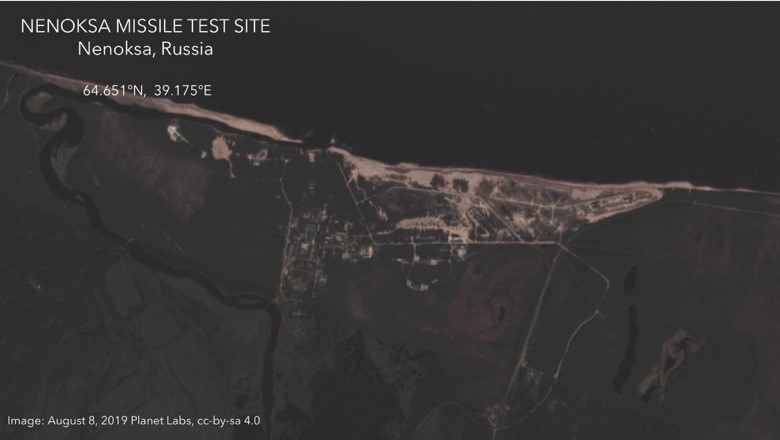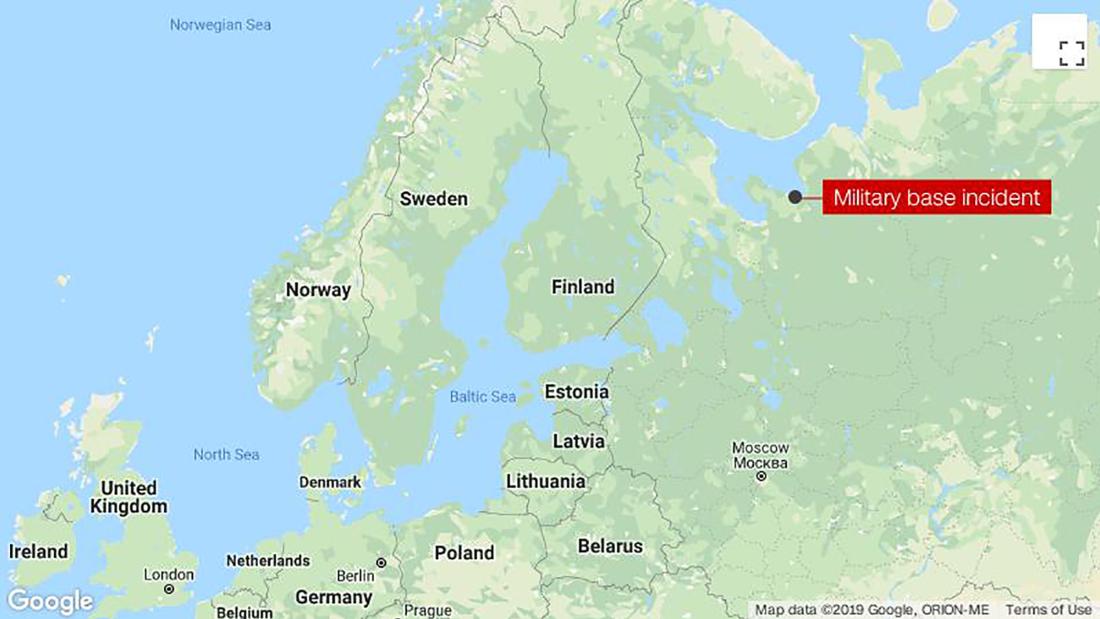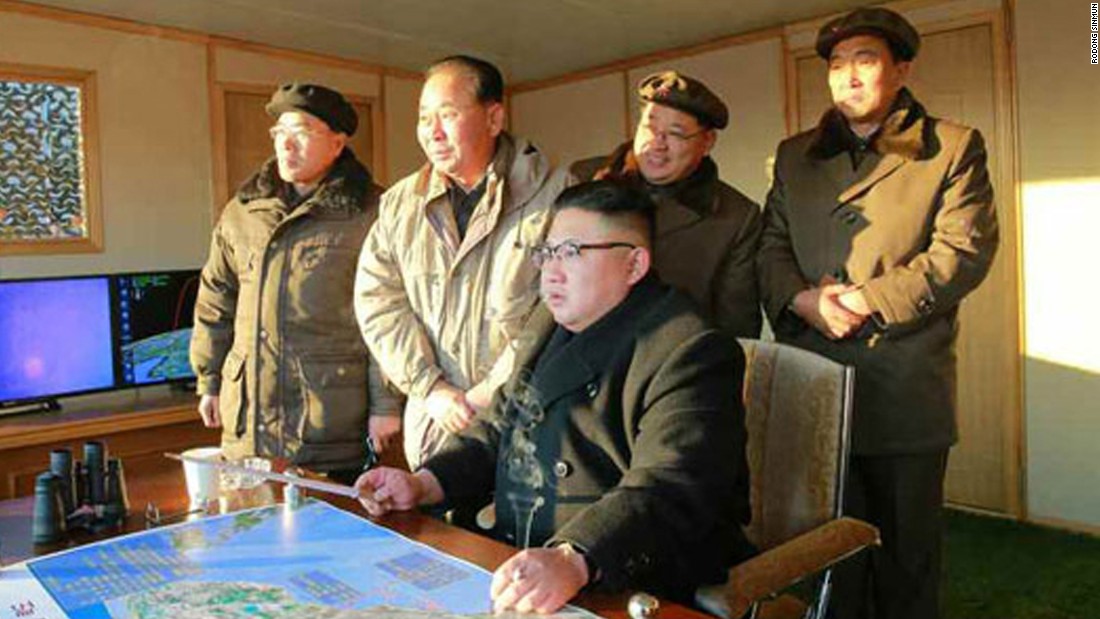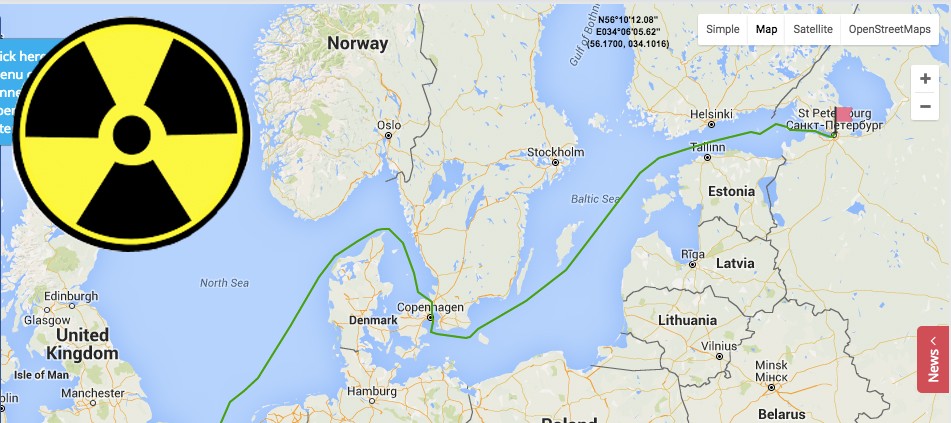Primer: North Korea could now have as many as 60 nuclear warheads in its inventory. The new number is more than double the maximum estimate of 20 to 25 weapons by Siegfried Hecker, former director of the Los Alamos National Laboratory and now a professor at Stanford University. Hecker was the last American scientist to visit North Korea’s nuclear weapons complex, in late 2010. Most estimates of the size of the North’s inventory have been far more conservative, generally in the range of 12 to 15 to 20.
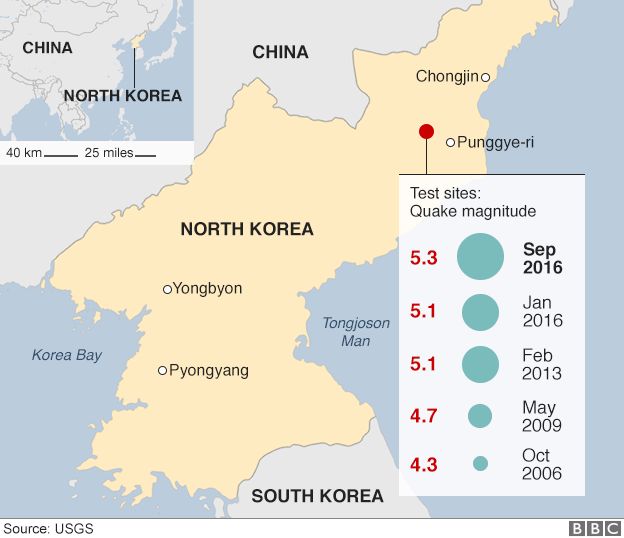 photo
photo
Japan defense white paper to concede North Korea has miniaturized nuclear warheads, report says
Reuters, Kyodo
TOKYO/BEIJING – Japan has upgraded its estimate of North Korea’s nuclear weapons capability in an upcoming annual defense white paper, saying it seems Pyongyang has already achieved the miniaturization of warheads, the Yomiuri newspaper said in an unsourced report Wednesday.
That compares with the assessment in last year’s report in which the government said it was possible North Korea had achieved miniaturization, the daily said without citing sources.
The report, to be approved at a Cabinet meeting in mid-September, will maintain the assessment that North Korea’s military activities pose a “serious and imminent threat,” the Yomiuri said.
South Korea’s 2018 defense white paper, released in January, reported that North Korea’s ability to miniaturize nuclear weapons “appears to have reached a considerable level.”
According to South Korean media reports late last year, the South Korean intelligence agency told lawmakers that North Korea had continued to miniaturize nuclear warheads even after the Singapore summit between U.S. President Donald Trump and North Korean leader Kim Jong Un in June 2018.
At that time, North Korea committed “to work toward complete denuclearization of the Korean Peninsula” and destroyed some tunnels and buildings at its Punggye-ri nuclear test site.
But a second Trump-Kim meeting in February collapsed without an agreement, and North Korea has since resumed missile tests.
American officials have concluded for years that North Korea had likely produced miniaturized nuclear warheads. A leaked report by the Defense Intelligence Agency in 2017 concluded that North Korea had successfully produced a miniaturized nuclear warhead that can fit inside its missiles, according to The Washington Post.
In last year’s defense white paper, Japan said “miniaturizing a nuclear weapon small enough to be mounted on a ballistic missile requires a considerably high degree of technological capacity,” and that “it is possible that North Korea has achieved the miniaturization of nuclear weapons and has developed nuclear warheads.”
Also Wednesday, North Korea voiced its eagerness via its state-run media to continue developing and testing new weapons while accusing the United States of seeking confrontation through joint military drills with the South.
“There can be no constructive dialogue while confrontation is fueled,” the Rodong Sinmun, the mouthpiece of the ruling Workers’ Party of Korea, said. “We have to develop, test and deploy powerful physical means essential for national defense.”
The remarks by North Korea’s most influential newspaper came a day after the United States and South Korea ended their joint military exercise that started Aug. 5. Pyongyang has denounced such drills as a rehearsal for an invasion.
North Korea has repeatedly launched projectiles, including what appeared to be short-range ballistic missiles, off its east coast since July 25, in protest against the latest U.S.-South Korea joint military exercise.
The moves came despite Trump’s revelation earlier this month that he received what he called a “beautiful” letter from Kim. Trump said Kim expressed his desire in the letter to hold more summit talks following the end of the military drill.
North Korea is scheduled to convene the second session of its top legislative body this year on Aug. 29. All eyes are on whether Kim will make a speech at the legislature to announce his policy of how to proceed with denuclearization negotiations with the United States.
At their June 30 meeting at the inter-Korean truce village of Panmunjeom, Trump and Kim agreed that Washington and Pyongyang would resume stalled denuclearization talks within weeks, but they have yet to take place.


